How was created "Eurofighter"
History The newest European fighter Eurofighter EF2000 Typhoon dates back to the late seventies of the last century. By this time, the fighter fleet owned by Western European countries consisted mainly of first and second generation aircraft. They were rapidly becoming obsolete and could no longer ensure the safety of the airspace of their countries. Therefore, the leading states of Europe, having their own aviation industry, began work on the creation of aircraft designed to replace obsolete equipment.
The first were the British. Their McDonell Douglas F-4 Phantom II and EEC / BAC Lightning fighters should have given way to the new P.106 by the mid-nineties. The German military also planned to write off its Phantoms and the Lockheed F-104 Starfighter over time. It is noteworthy that two projects applied for their place in the Air Force at once: MBK and ND102 TKF, created in Dornier. Finally, the French company Dassault-Breguet worked on the ACA project. Without dwelling on the technical details of the aircraft listed above, it is worth noting their similar conceptual features. All of these projects included the construction of a relatively small light fighter, primarily designed to gain air superiority and perform air defense tasks. The main weapons Fighters were supposed to be medium-range guided missiles.
Already in the early eighties, European aircraft building companies realized that none of them could create a modern fighter on their own. For this reason, in the 1981 year, the British firm BAE, the German MBB and the Italian Aeritalia signed an agreement according to which it was planned to create a joint project of a promising fighter aircraft for the air forces of the three countries. Already in 1982, at the Farnborough air show, development companies demonstrated the layout and advertising materials for their new ACA project (Agile Combat Aircraft - “Maneuverable Combat Aircraft”). It should be noted that the ACA project from BAE, MBB and Aeritalia had nothing to do with the Dassault-Breguet program of the same name.
According to the plans of the time, the ACA aircraft was supposed to go on a series in 1989 and be built at the same facilities as the Panavia Tornado. To reduce the cost of development and construction of new fighters, it was proposed to use the developments under the Tornado project, including the engine and some electronic systems. However, the ACA remained on paper. The reason for this was the transition of the joint project to a completely different level.
At the very end of 1983, the commanders of the air forces of Great Britain, Spain, Italy, France and Germany not only became interested in a new project, but also initiated new work in this direction. Air Force commanders formed uniform requirements for the FEFA aircraft (Future European Fighter Aircraft - “European Fighter of the Future”). A little later, the first letter F was removed from the program designation. Several companies from different countries were attracted to the creation of a new fighter. So, Britain was represented by BAe in the project, DASA from Germany participated, and Dassault-Breguet from France from France. Participants from Spain and Italy are CASA and Alenia respectively.
The initial requirements for the EFA fighter were simple and clear: intercepting enemy aircraft with the ability to strike at ground targets. In addition, high maneuverability was required due to low wing loading and good thrust-to-weight ratio. Despite the simplicity of the basic requirements, the formation of the appearance of a promising fighter took a lot of time. Work in this direction lasted from the summer of the year 1984 to the autumn of the 1986.
The cost of time paid for itself completely. In September, 1986, the aircraft manufacturers participating in the EFA project, presented their views to customers regarding the exact appearance of the fighter. It is worth noting that the appearance was so successful that in the future it did not undergo major changes and the serial fighters almost completely correspond to it, with the exception of some details. In 1986, another significant event occurred for the project. At the insistence of customers, a consortium of Eurofighter GmBH was formed, the purpose of which was the overall coordination of the project. In addition, in the same year, an organization called Eurojet began its existence. Within this consortium, Rolls-Royce (Britain), MTU (Germany), Sener (Spain) and Fiat (Italy) joined forces together. The goal of Eurojet was the development of a promising turbojet engine for an EFA aircraft.
How to be an airplane?
The specific appearance of the EFA fighter was as follows. Twin-engine fighter, made according to the “duck” scheme with a full-circle front horizontal tail. The control system is electro-remote, thanks to which the aircraft could be made statically unstable. Also, as a result of research and analysis, the ventral air intake of a characteristic shape was chosen. With good aerodynamic characteristics, it also provided less radar visibility in comparison with other forms of intake devices. The use of unstable aerodynamic layout and electric remote control system (EDSU) gave a third more lift and a third less drag.
The combat capabilities of the aircraft were supposed to be provided with a large supply of several types of air-to-air missiles, a built-in gun (optional), limited use of stealth technology, and the use of a special DASS system (Defense Aids Sub System), which it was supposed to create to protect the fighter from the means of air defense of a potential enemy. It is worth noting that in the early stages of the project, the DASS complex was considered one of the most important elements of the onboard equipment. Its priority was due to the peculiarities of the hypothetical European theater of operations, saturated with anti-aircraft missile and cannon systems.
During the work on shaping the image of the EFA, the participating countries of the project, based on the general requirements, formed their approximate plans about the number of aircraft needed. The shares of financial participation in the development were divided in proportion to these plans. However, soon the volume of participation in the project had to be revised. In 1985, France left the program. The military of this country, and with them the company Dassault-Breguet, began to insist on reducing the maximum take-off weight of the fighter, citing the desire to get not only the "land", but also the deck fighter. At that stage of work, when the French military made a proposal, the basic parameters of the aircraft were already agreed upon and no one even approved the possibility of changing them. As a result, Dassault-Breguet withdrew from the consortium and began developing its own Rafale project.
By this time, the plans of the other states looked like this: Germany and Great Britain were going to build EFA fighters on 250, Italy - 200 and Spain - 100. Thus, Germany and Britain accounted for a third of the total cost of developing the aircraft, and Italy and Spain - 21 and 13 percent, respectively. These numbers were laid in the program at the time when the Eurofighter consortium was created.
Back in 1983, the British company BAe, with the help of foreign firms, began work on a technology demonstration aircraft, which planned to work out the basic technical solutions. It is noteworthy that the auxiliary project EAP (Experimental Aircraft Program - “Experimental Aircraft Design”) was three-quarters English. Participation in it of Germany and Italy was at the level of only 10-15 percent. In 85, the construction of an experimental aircraft began, and a year later it took off for the first time. Despite the fact that the EAP was created before the end of the development of the look of the EFA aircraft, the two aircraft turned out to be quite similar to each other.
EAP, like the fighter of the main EFA project, was built according to the “duck” scheme with front horizontal tail. A statically unstable aircraft was equipped with an electric remote control system, and composite materials and carbon plastics were widely used in the construction. All the main elements of the dashboard gave way to several multifunctional monitors on the basis of cathode ray tubes. Tests of the EAP allowed to confirm the correctness or inaccuracy of certain technical solutions. According to the results of the test flights of the demonstrator aircraft, the appearance of the EFA fighter was slightly corrected.
During the second half of the eighties, while the design work on the EFA project was going on, several economic events occurred. Some European countries have expressed a desire to acquire new EFA fighter jets. The total volume of orders from Belgium, Denmark, the Netherlands and Norway could have reached at least several dozen units, and in the future could even come close to the level of 150-200 aircraft. However, at this time the military-political situation in Europe began to change little by little. As a result, almost all negotiations on the supply of promising fighters to third countries remained at the consultation stage regarding the quantity and the right price.
While other European states were pondering over the need to purchase new fighters, in 1988, participants in the Eurofighter consortium signed a contract for the technical design of the new aircraft, as well as for the construction and testing of an experimental series. At this point, the technical appearance of the fighter was refined to reflect the information gathered during the EAP demonstrator tests. In particular, it was thanks to the testing of the demonstrator aircraft that it was possible to establish that the most convenient and effective would be a triangular wing without variable sweep along the leading edge. Also had to pick up a different profile of the wing and significantly redo the cabin. As a result of the changes of the last review has become much better than most of the fighters of the time.
Politics and Finance
Hardly begun full-fledged design work on the EFA project could have stopped due to the constant change in the political situation. The collapse of the Warsaw Pact, the unification of two Germany, and then the collapse of the Soviet Union led to the fact that most European countries decided to save on military expenses due to the absence of any serious threats. The consortium of Eurofighter almost fell victim to this savings.
The most striking example of the political and economic processes around the EFA was the situation in the united Germany. The German Air Force received "a legacy" from the armed forces of the GDR a number of new Soviet MiG-29 fighters. Because of this, the opinion that Germany should withdraw from the Eurofighter project and purchase a certain amount of Soviet / Russian aircraft began to spread in the aviation circles. At the same time, the United States, which was trying to promote its aircraft technology to the European market, launched a stormy activity. We must pay tribute to the leadership of the consortium, which was able to defend the need to continue work on their own project.
The result of the leadership of Eurofighter was a memorandum signed in December 1992. This document clearly and clearly stated the project readiness dates. So, the first EFA fighters were supposed to enter service with the British Air Force in 2000. The first planes for Germany were planned to be built by 2002. The end of the life of fighters attributed to the mid-thirties of the XXI century. In addition, the memorandum introduced a new project name: EF2000.
And yet, the countries participating in the project revised their military budgets. Due to the financial capabilities of the main customers, Eurofighter participants had to revise the project to reduce the cost of the entire program and reduce the cost of an individual aircraft. During this revision, the glider of the aircraft remained the same, while the main revisions touched engines and equipment. We slightly softened the requirements for flight characteristics, as well as changed the quantitative and qualitative composition of the onboard electronic equipment. Thus, they lowered the requirements for a promising radar station and a number of other systems, and also abandoned the optical station and the electromagnetic impulse protection system. Such "losses" were considered acceptable for the simultaneous cheapening of the aircraft and maintaining its combat effectiveness in the foreseeable future, given the changing nature of the war.
At the beginning of 1993, plans for the purchase of new EF2000 aircraft were once again adjusted. The UK still needed 250 fighters, but other countries had to revise their plans. The result is the following numbers: 140 aircraft for Germany, 130 for Italy and less 90 for Spain. It is worth noting that by this time the countries and companies that were part of the consortium were already preparing for the start of the mass production of promising aircraft. It was planned that the manufacture of various components and assemblies will be distributed among the participating companies of the program, and the final assembly will begin on four production lines, one in each country that ordered the fighters. The production of individual airframe units was distributed as follows: BAe was supposed to assemble the nose of the fuselage with front horizontal tail, the German companies MBB and Dornier - the central part of the fuselage and the keel. The wing assembly, in turn, was immediately assigned to three companies: Aeritalia, BAe and CASA.
Prototypes
However, plans for the distribution of the production of units until a certain time remained only plans, since at first it was necessary to build and test several prototype aircraft. The first of these, designated DA1 (Development Aircraft - “Development Plane”), took off in the spring of 1994, in Germany. After a month and a half, a second experienced fighter, DA2, took off from the British airfield. The DA4 and DA5 aircraft were built in the UK and Germany respectively, Italy was responsible for assembling and testing the third and seventh prototypes, and Spain built only one aircraft, DA6. The construction and testing of all seven fighters stretched out for several years, which is why at first all tests were conducted on only two or three aircraft. At the same time, thanks to this approach, it was possible to work out all the systems of the aircraft and make the necessary adjustments to the design of the following prototypes. In addition, each subsequent prototype received new systems that were not yet ready during the construction of the previous one. During the tests of the DA series, only one aircraft was lost - DA6. In November 2002, he crashed due to the failure of both engines. The test program of the sixth prototype after the corresponding modifications continued DA1.
Particular attention is the third flight prototype. It was the first time in the trial line that Eurojet EJ200 engines and a four-channel electrical remote control system were installed. Despite the lack of a radar station and a number of other equipment, the DA3 prototype was able to show all its flight capabilities. The first flight of the third prototype took place about a year after DA1 took off in Germany. In addition to seven prototypes, five demonstrator aircraft (EAP) and flying laboratories of various models participated in the test program of individual units and the entire Eurofighter. According to the calculations of companies involved in fine-tuning systems, flying laboratories helped save more than 800 millions of British pounds and reduce the time to create an EF2000 aircraft by about a year.
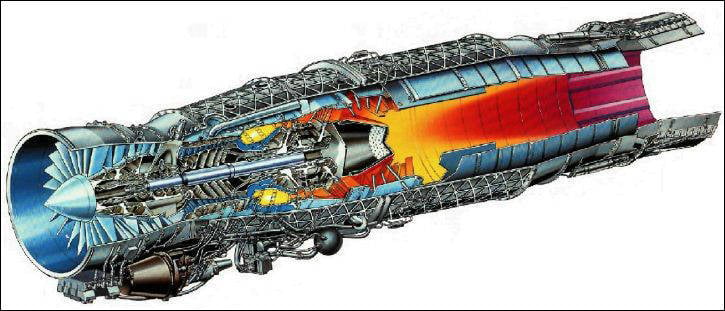
Subsequently, the Eurofighter consortium created the IPA aircraft line (Instrumented Production Aircraft - “Serial aircraft with additional equipment”). Seven of these fighters were EF2000 serial aircraft, equipped with a set of measuring equipment and a modified composition of the onboard equipment. The IPA series, like the DA, was built in all four countries. The main difference between the new test series and the previous one was its purpose. IPA aircraft were used to develop modernization programs, and also served as prototypes of serial fighter aircraft of the new series.
Mass production
The final contract for the production of EF2000 fighters was signed in January 1998. At the same time, the name Typhoon (“Typhoon”) appeared, which, however, was then applied only to British fighters. According to the official document on the construction of mass-produced aircraft, the British Air Force wanted to get 232 new fighter aircraft, the German military ordered 180 aircraft, the Italian Defense Ministry was ready to buy the 121 fighter, and Spain only 87. The companies' shares in the production of ordered fighters were determined as follows: 37,5% of operations was assigned to BAe; 29% of works were answered by German companies united under the authority of DASA; 19,5% production was commissioned by Aeritalia, and the remaining 14% - by the Spanish CASA.
An interesting approach to the construction of new fighters. Since countries could not afford to buy all the planes at once, and the very first EF2000 had to become outdated by the time they were delivered, the customers and the Eurofighter consortium decided to build the planes in relatively small batches that are part of the so-called trenches. With such a method of assembly and supply of fighters, the opportunity has emerged to constantly improve the design and equipment without adversely affecting the production process.
In the first tranche, 148 aircraft were built in three modifications: Block 1, Block 2 and Block 5. From each other, they differed in the composition of the target equipment and, as a result, in combat capabilities. The first serial fighter was assembled in Germany and for the first time 13 February 2003 flew into the air. The very next day, with a difference of several hours, Italian and English aircraft took off for the first time. February 17 made its first flight and the first aircraft assembled in Spain. The most perfect aircraft of the first tranche, as is clear, was the EF2000 Block 5, capable of fighting air and ground targets. Over time, all the aircraft of the first tranche were refitted to this state. During the delivery of the aircraft of the first tranche, the UK received the 53 fighter, Germany - 33, Italy and Spain 28 and 19, respectively. In addition, a half dozen "Eurofighters" went to serve in the Austrian Air Force. This country became the first operator of a new fighter, not participating in its development.
The 251 plane of the second tranche can be divided into four series: Block 8, Block 10, Block 15 and Block 20. The first of them received a new on-board computer and some new equipment. Further improvements concerned the possibility of using new weapons of the air-to-air and air-to-ground classes. Deliveries of the Tranche 2 aircraft began in the 2008 year. In the near future, Germany will become the owner of 79 aircraft of the second tranche, Britain will buy 67, Italy will acquire 47, and Spain - 34 fighter. In addition, 24 aircraft of the second tranche ordered by Saudi Arabia.
Just one year after the start of deliveries of the second tranche aircraft, the Eurofighter consortium signed a contract to build the Tranche 3A series of fighters. A total of 172 such aircraft will be built. 40 will go to the UK, 31 to Germany, 21 to Italy and 20 to Spain. In addition, several dozen EF2000 should become the property of Arab states. So, Saudi Arabia intends to acquire more 48 planes, and Oman is ready to acquire 12.
Price of the future
Aircraft 3A tranche will be the most expensive modifications "Eurofighter". According to reports, one such fighter costs about 90 million euros. For comparison, the previous batches of the aircraft cost customers no more than 70-75 million each. If we add to the cost of the aircraft the cost of developing it, then each English Typhoon tranche of 3A costs about 150 million euros. In general, the economic part of the EFA / EF2000 project differs little from the financial processes around other similar programs. Expenditures have steadily increased and caused a corresponding reaction in the ruling circles of the countries involved in the project.
As an example of growth, one can cite figures called British officials. In the late eighties, London hoped to spend no more than seven billion pounds on new aircraft. By the early nineties, this figure had almost doubled - to 13 billion, no more than three and a half of which was planned to be spent on research and development, and then start buying ready-made aircraft at a price of about 30 million per unit. In 1997, the British announced a new figure: Britain’s total spending on the entire program, including the cost of the required aircraft, reached 17 billion pounds. By the beginning of the service of the first "Typhoon" in the first half of 2000, the program had already cost 20 billions. Finally, in 2011, the British military published information according to which the development, purchase and operation of the EF2000 would take up to a total of 35-37 billion pounds.
In December, the 2010 fighter EF250 handed over to the customer 2000. In the spring of the next 2011, British Typhoons took part in their first combat operation. In mid-March, ten aircraft flew to the Italian airfield, from where they flew to patrol the airspace of Libya and attack the troops of the loyalists. It must be admitted that the combat experience of British aircraft cannot be called full-fledged due to the lack of modern means of air defense by the Libyan armed forces. However, EF2000 no longer participated in armed conflicts, and therefore sufficient information to determine their combat potential is missing.
However, all countries that have already bought or just ordered Eurofighter EF2000 fighters do not even think about abandoning them. As planned earlier, these planes will serve at least until the mid-thirties. In addition, from time to time there are rumors that, over the next few years, the development of a new version of the EF2000 will be launched, which will meet the requirements for the fifth generation of fighter aircraft. However, this information has not yet received official confirmation. The countries that are members of the Eurofighter consortium are still building the second tranche planes and preparing for the production of Tranche 3A fighter jets. Therefore, over the next few years, EF2000 will remain the newest European fighter, resulting from full-fledged international cooperation.
Based on:
http://airwar.ru/
http://eurofighter.com/
http://airforce-technology.com/
http://globalsecurity.org/
http://flightglobal.com/
Ilyin V.E. Kudishin I.V. EF 2000 Typhoon, Gripen, Rafale. European aircraft of the last generation - M .: Astrel / AST, 2001
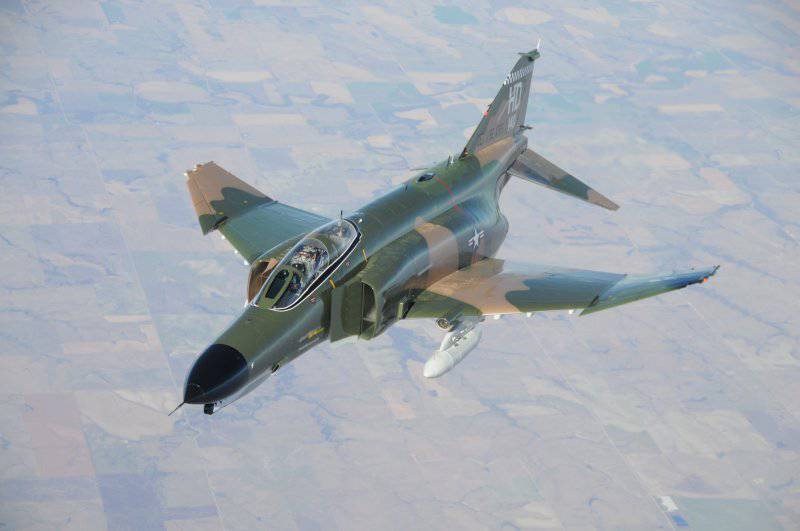
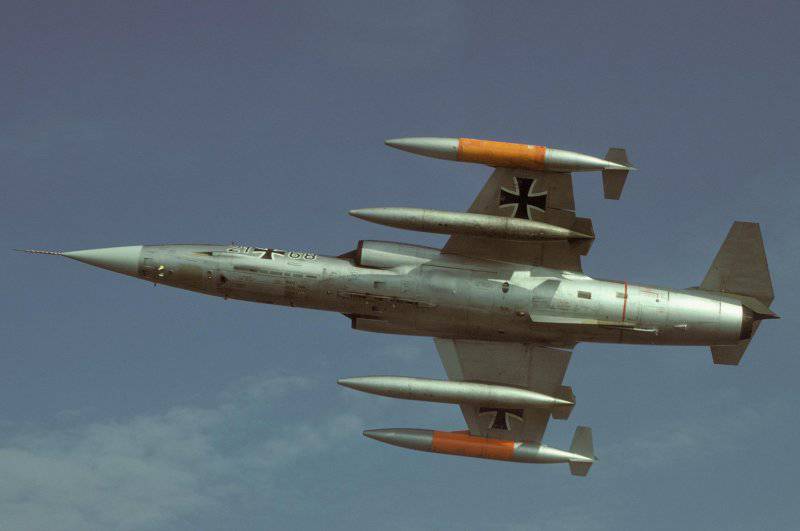
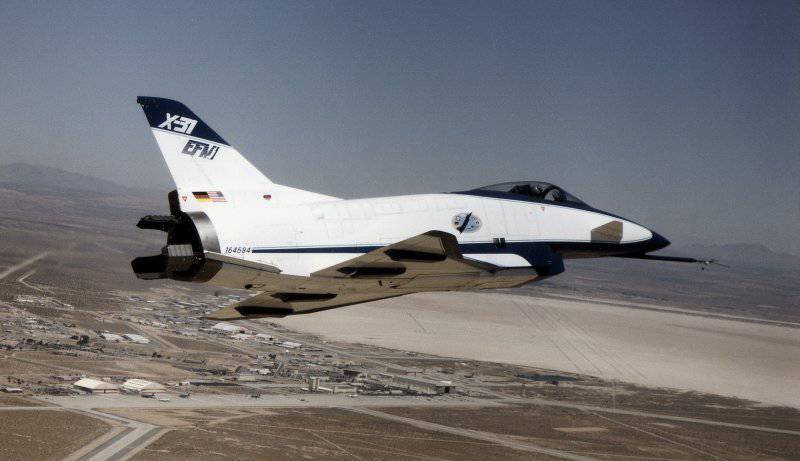
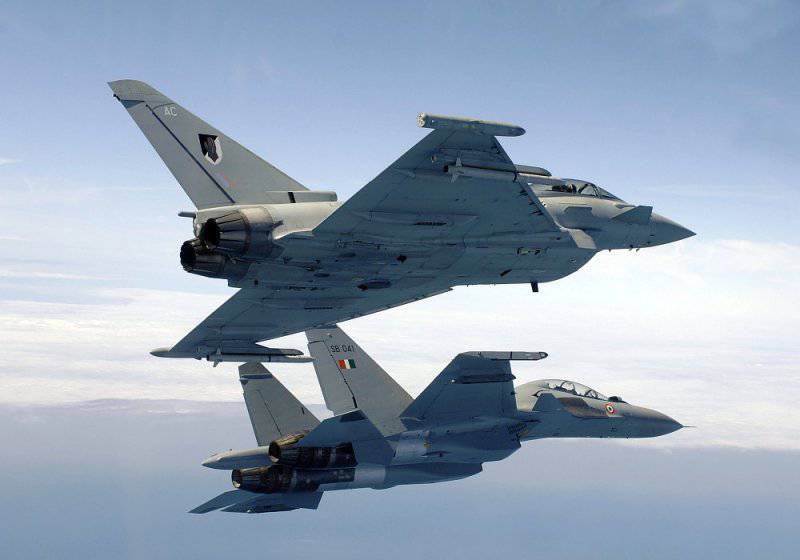
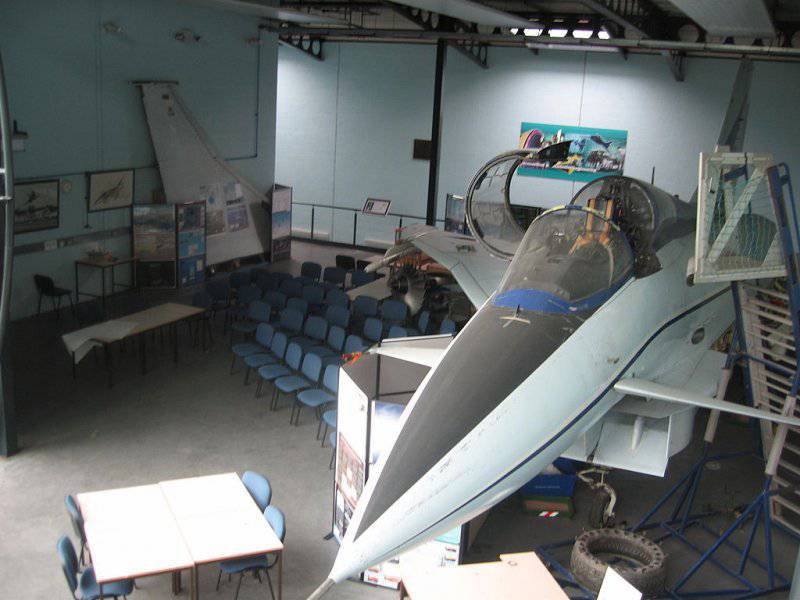
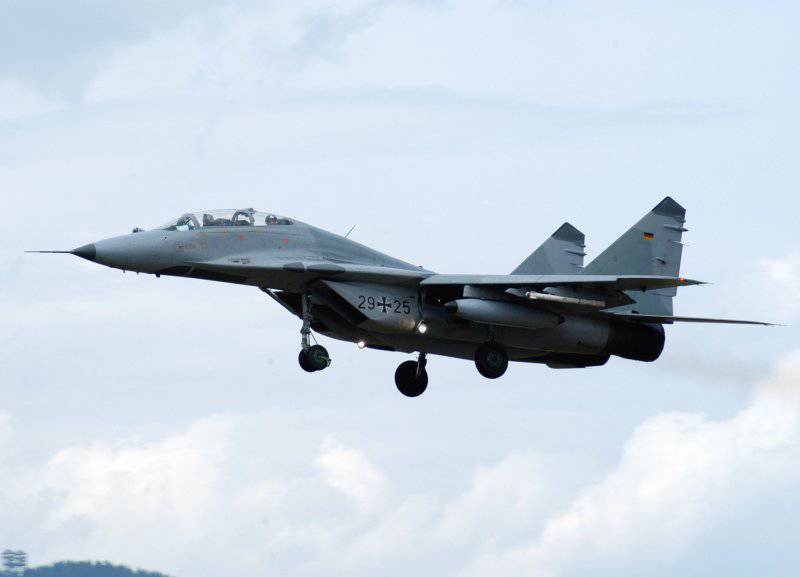
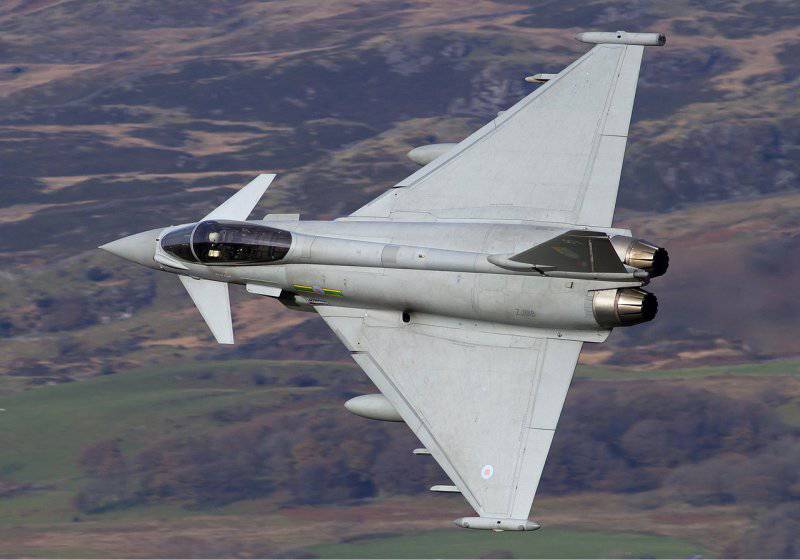
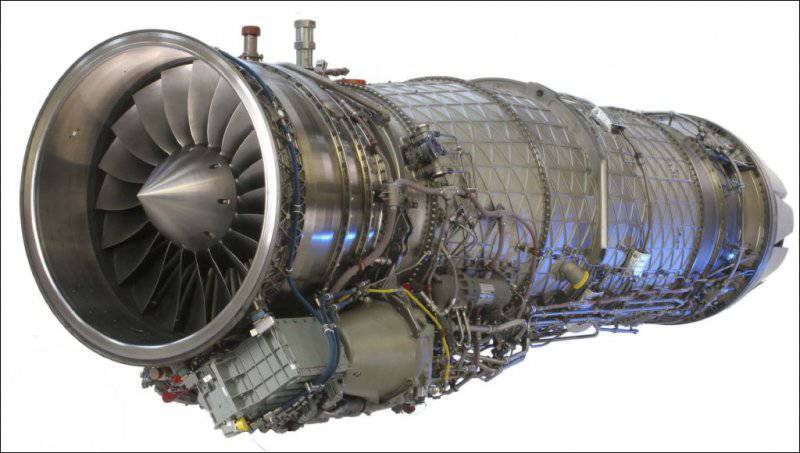
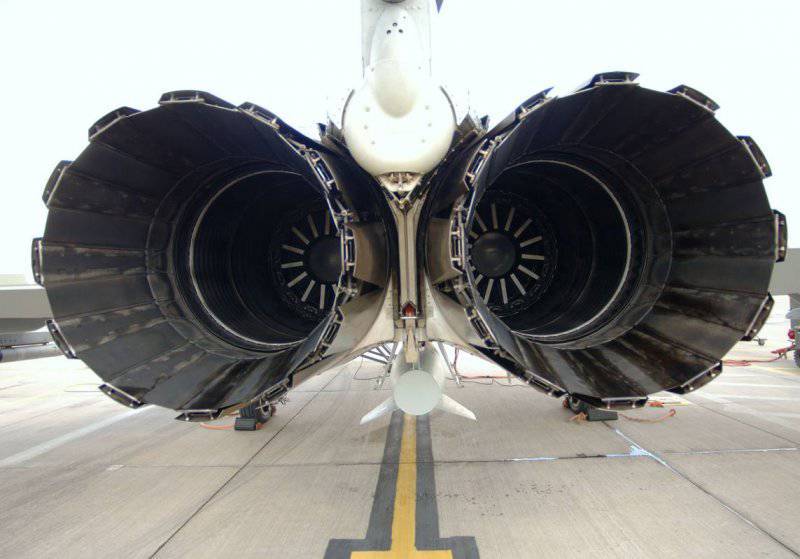
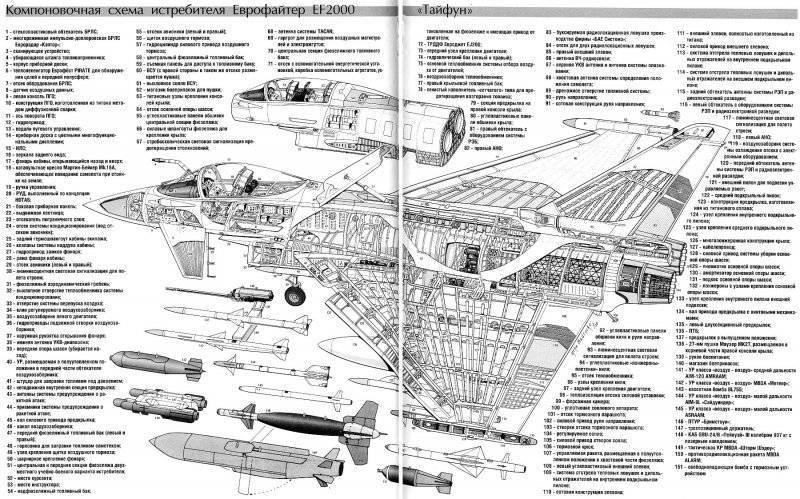
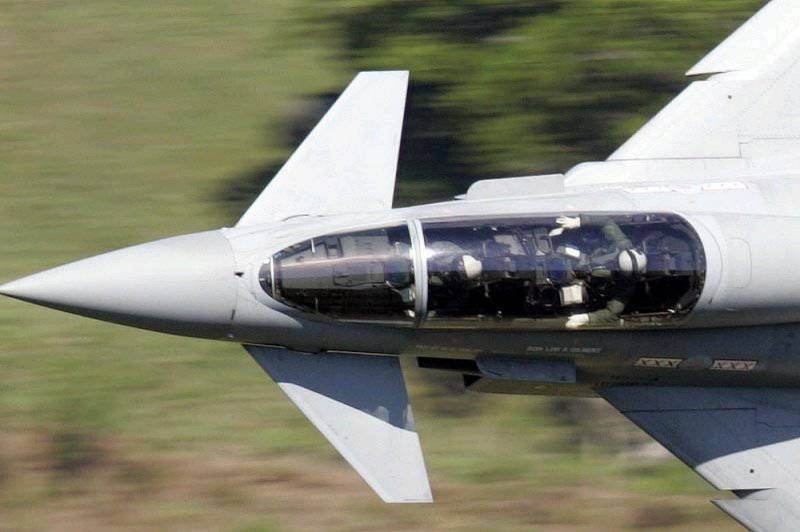
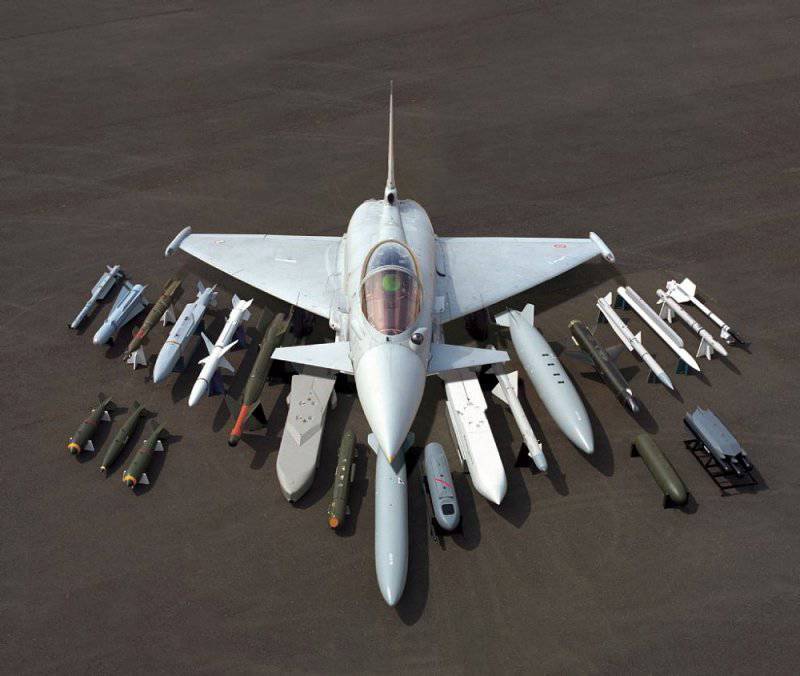
Information